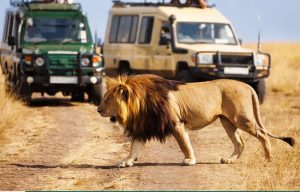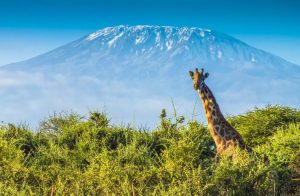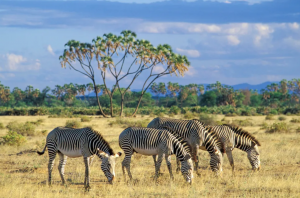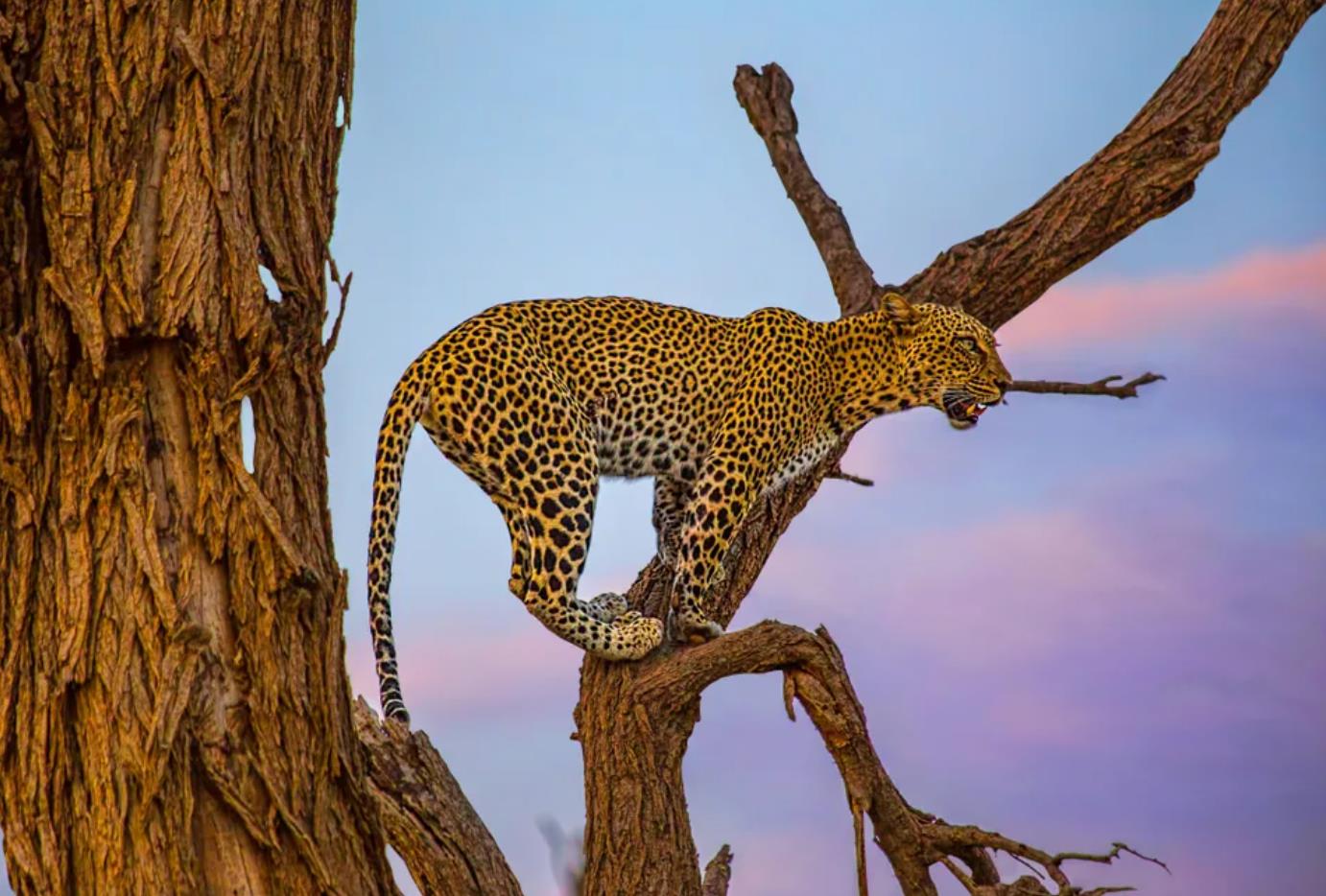Overall, you can’t go wrong with a safari in Kenya from late June through September. It is the dry winter months and this is the time of the year when wildlife visibility is at its highest.

This is your best chance to see the “Big 5” (lion, leopard, African buffalo, African elephant and black rhino) and countless other species that live on land, in the water and in the air.
For the budget-conscious, March to mid-June is rainy, but it’s also cheap for a Kenya safari. Wait until November or December for the rains to abate and prices are almost as cheap.

During this time, you are more likely to see smaller animals and fewer adults, but the cost savings and reduced crowds may make it worth your while.
Try to avoid safaris in Kenya in April or May, the 2 wettest months of the year in the country, when visibility of adult wildlife is limited.
In April and May, you’ll also struggle with near-constant rainfall, flooding, park closures and humidity. Overall, this is the best period to skip when planning your safari trip.

Arriving in July or September will put you in a great position to witness the great migration of the wildebeest, especially in the Masai Mara National Reserve.
By October, once the best safari season in the region is over, the rainfall in Kenya increases a bit and the weather for safaris is less than ideal.

The main drawbacks to winter safaris in Kenya are higher costs, larger crowds and more limited booking availability at this time of year.
This means you need to book in advance to ensure your preferred dates are available.
Since this is ideal safari weather and the wildlife population is at its highest, more people choose to visit at this time of year and therefore prices go up.

